Masculinity in Art
The digital art from Desouza of Vegas as shown here in Male Gallery Valley is characterized by intense, contrasting light and dark, deeply emotional and visually arresting imagery. The artist uses themes which delve into horror, mystery, sci-fi, mythology, and eroticism—especially gay male erotic art focusing on masculine bodies in taboo or perilous scenarios.
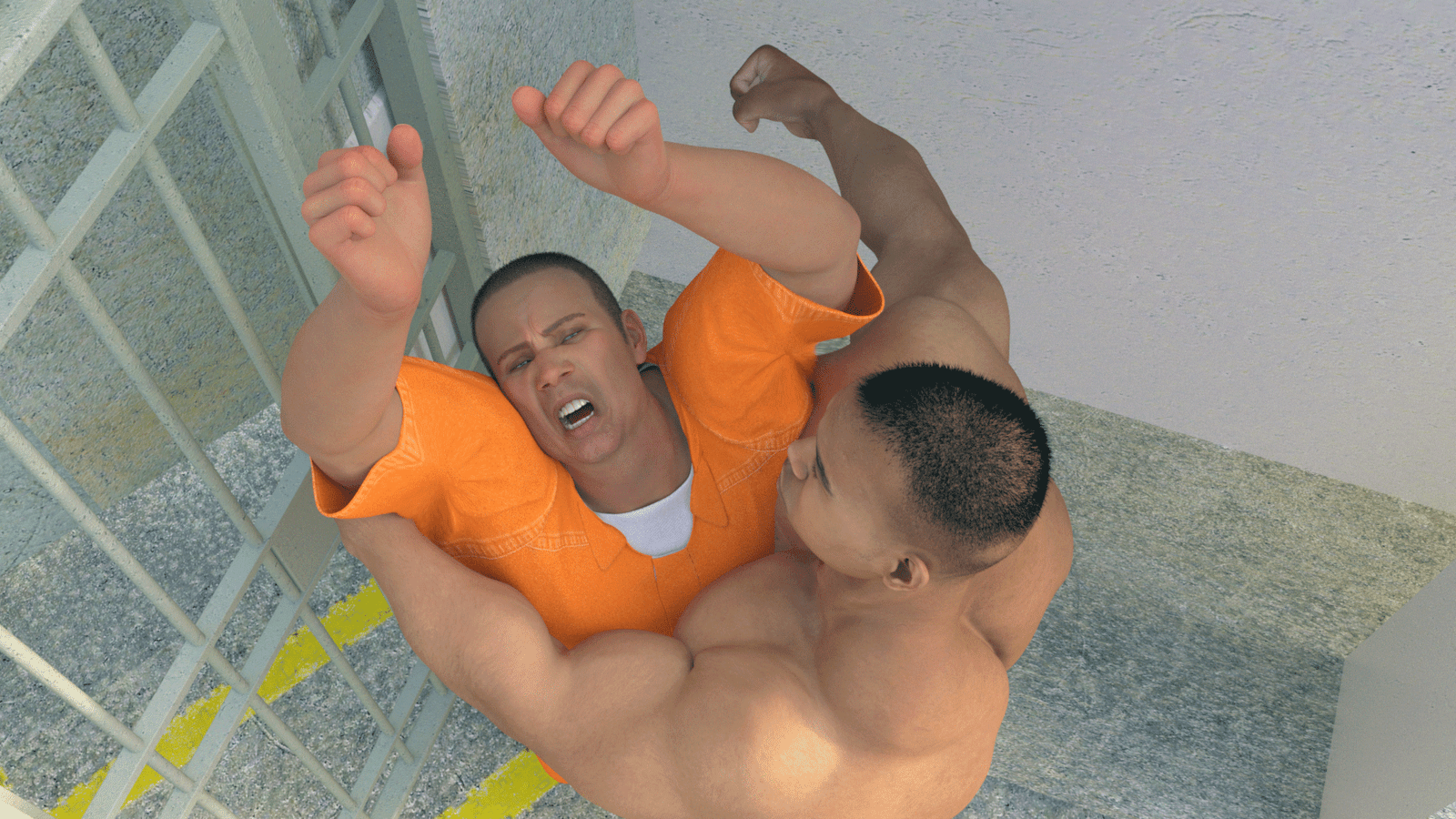
He is a multifaceted digital artist and storyteller who has carved out a distinctive niche in the world because of his erotic, masculine, and often dark-themed art and storytelling. His commitment to exploring powerful, taboo narratives through multiple media types—audio podcasts, digital artworks and illustrated text stories—challenge traditional perceptions of masculinity has cultivated a worldwide following. His professional identity, longevity of output and the dedicated arena he occupies speak to a strong creative presence.
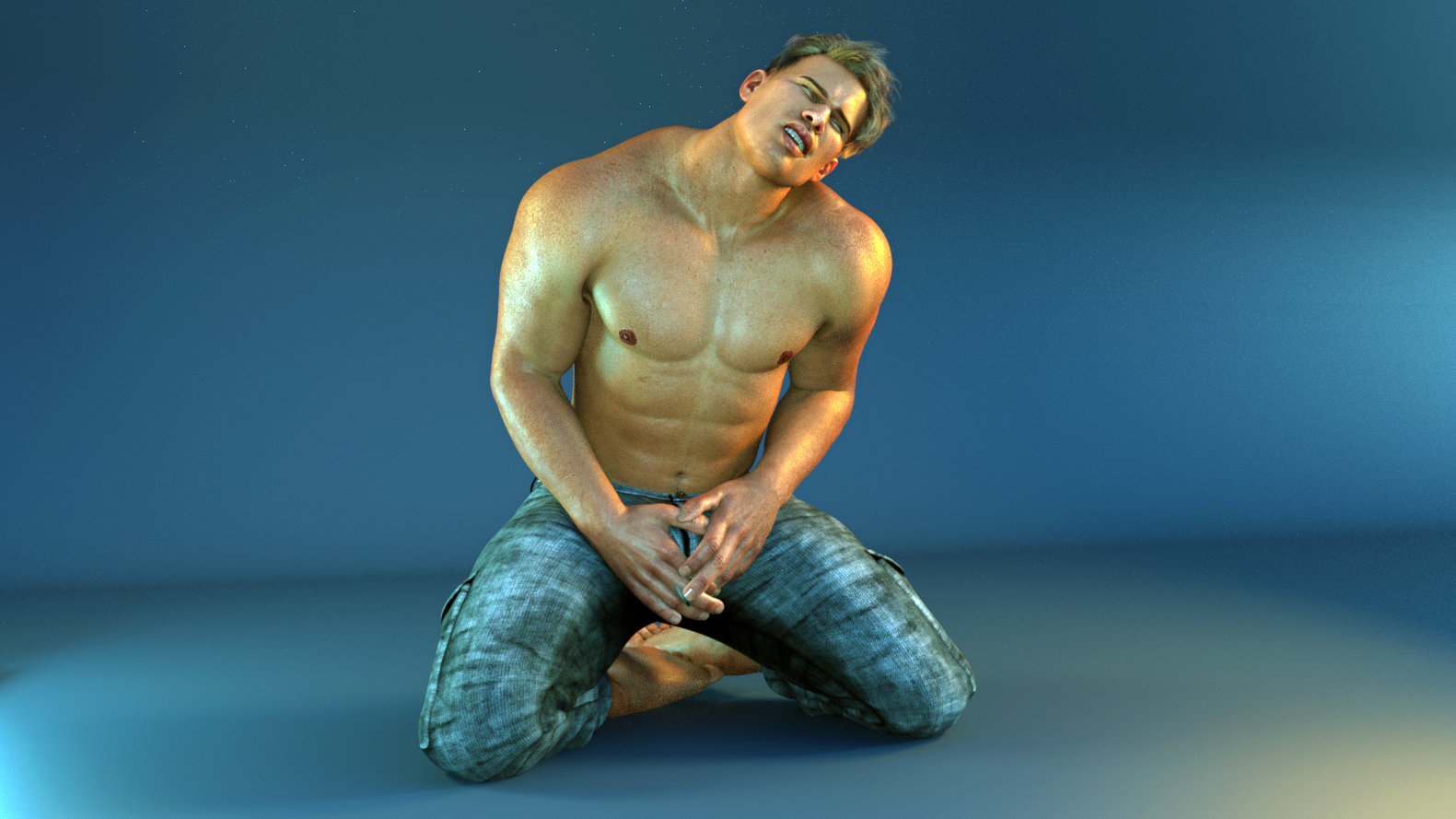
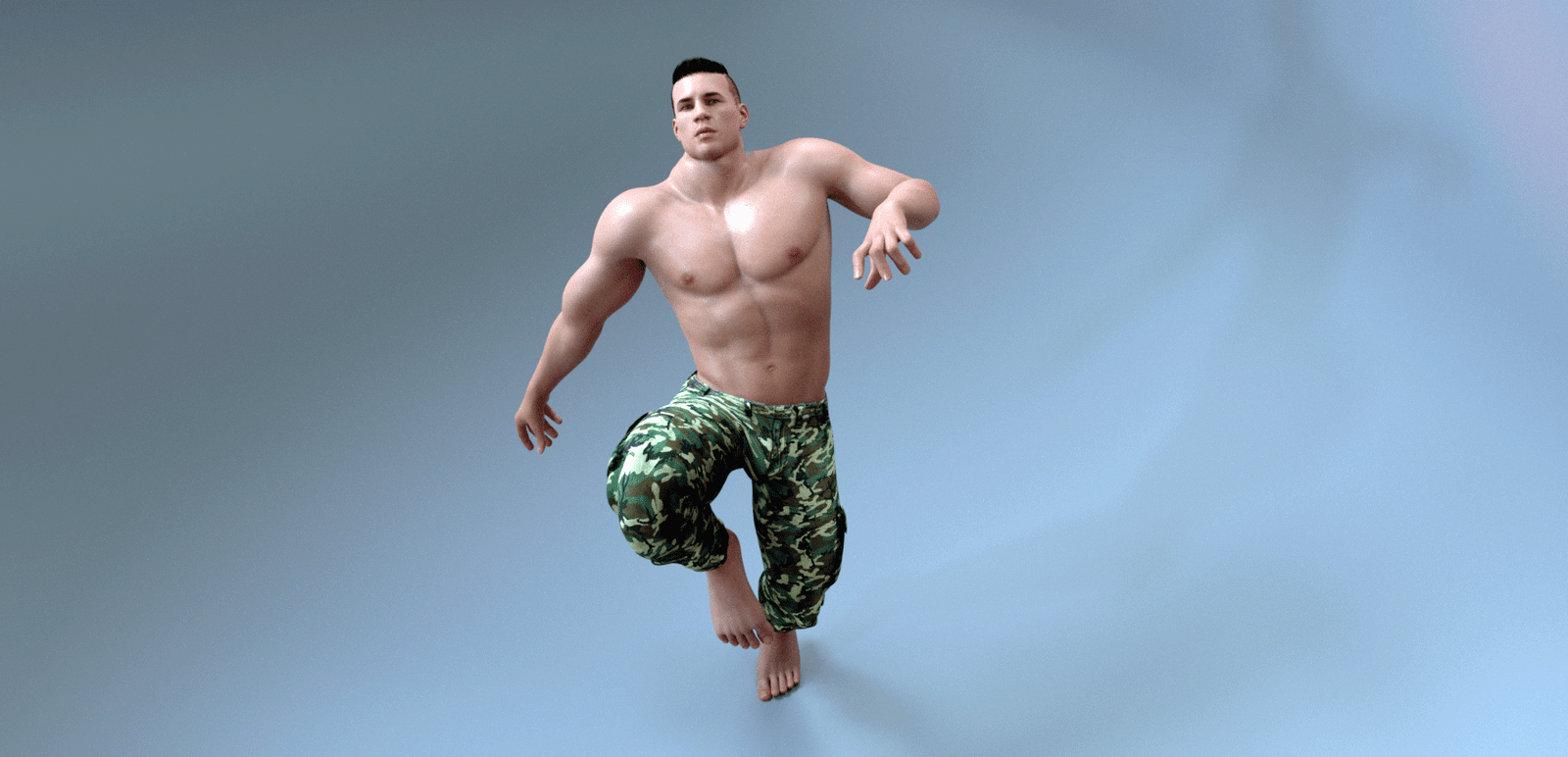
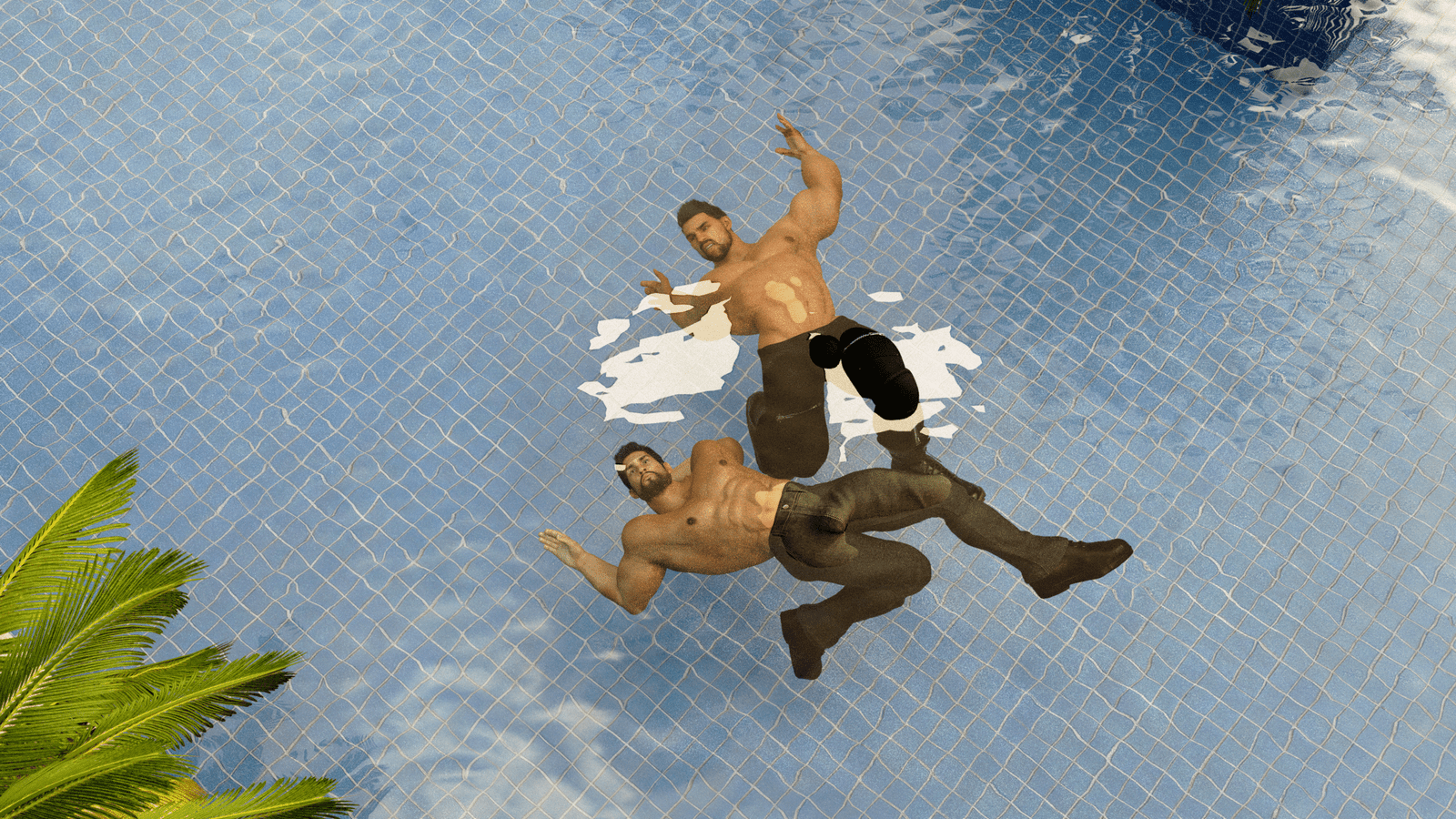
Madeira Desouza consistently creates artworks which present a unique and challenging representation of what makes a person masculine. This is because he encourages his viewers to rethink their perceptions and beliefs about masculinity. His art is within the bara underground art genre and as is typical of this genre, his artworks are known for featuring hypermasculine (never feminized) men, muscular, aggressive, and sexualized, often in stark contrast to the conventional portrayal of masculinity in mainstream media.
Madeira Desouza’s art challenges the traditional notions of masculinity as a stoic and dominant force, instead portraying it as complicated, fluid, and at times, unstable.
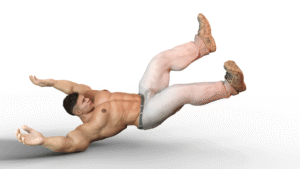
When you view his digital art you will find artistic expressions of masculinity that have been present in gay male culture for decades and which been influenced by internationally-known artists and the culture wars of the 21st century.
You see and hear examples of culture wars all around you every day even if you never use that particular phrase at all. Culture wars never require any declaration of warfare by one opponent against another. This is because opposing beliefs and values within any culture so readily promote polarized groups of people in society (such as people who are angry whenever drag performers read books for children as a community service.) It is not wise to expect to see an end to culture wars or to change someone successfully from one side to the other. The creative works of Desouza of Vegas prove that often what one person considers to be truth told honestly is also at the exact same time considered a made-up tale dressed up pretending to look like truth. Each of us needs to think and choose for ourselves what we perceive to be truths versus made-up tales pretending to be truth because of culture wars in American life today blurring the distinction between what is factual versus what is fake.
In American culture, the meaning of this appears very clearly in Glad to Be Unhappy, a song released in 1936 by Richard Rodgers with lyrics by Lorenz Hart. This song was covered by Frank Sinatra, Billie Holiday and even The Mamas and Papas. The key meaning is located in these lyrics: “…for someone you adore, it’s a pleasure to be sad.”
If you can derive sexual satisfaction from being dominated or from bondage or from physical or emotional cruelty, this concept makes clear sense to you, doesn’t it?
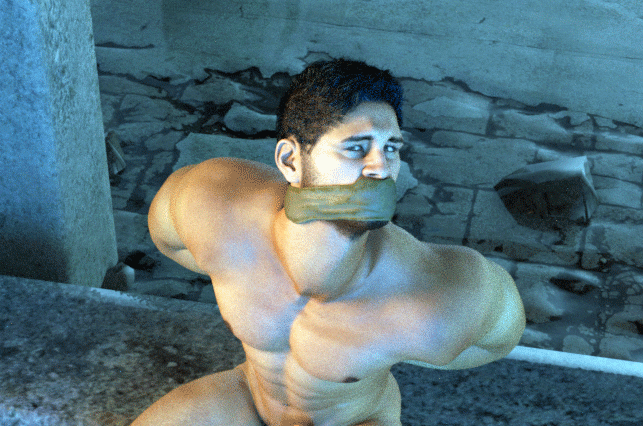 Masculine male bondage images reinforce the highly controversial yet well-known mental construct that pain can provide a man with sexual satisfaction.
Masculine male bondage images reinforce the highly controversial yet well-known mental construct that pain can provide a man with sexual satisfaction.
Further Discovery:
Some straight men actively seek erotic arousal by fantasizing about being taken advantage of and dominated by gay men. Straight males who engage in such fantasies put themselves in mental images involving aggressive peril where they are forced by very dominant gay men to surrender and obey. The ultimate erotic arousal outcome for such straight men is to orgasm against their will brought on by imagining being humiliated and shamed by gay men. Our society keeps has perpetuating a popular myth that men always have to be masculine and that any show of his vulnerability or emotional openness may be taken as a sign of weakness. Being a man is associated with being tough, strong, and driven, with little to no regard for outward physical appearances or what others may think of his looks. However, in recent years there has been a shift in the way men are expected to behave and present themselves to the world. Today it is more acceptable for men to admit that they find another man attractive when they look at him and they feel confident admitting that they think he has a well-built body. This is happening regardless of sexual orientation. You do not have to be gay to recognize another man’s physical attractiveness and his body appeal. |

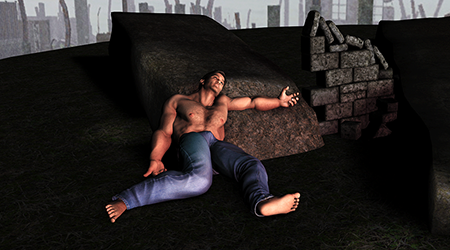 The artist Desouza of Vegas frequently explores classic themes many others have built upon in storytelling over the centuries: The perils of
The artist Desouza of Vegas frequently explores classic themes many others have built upon in storytelling over the centuries: The perils of
One thought on “Masculinity in Art”